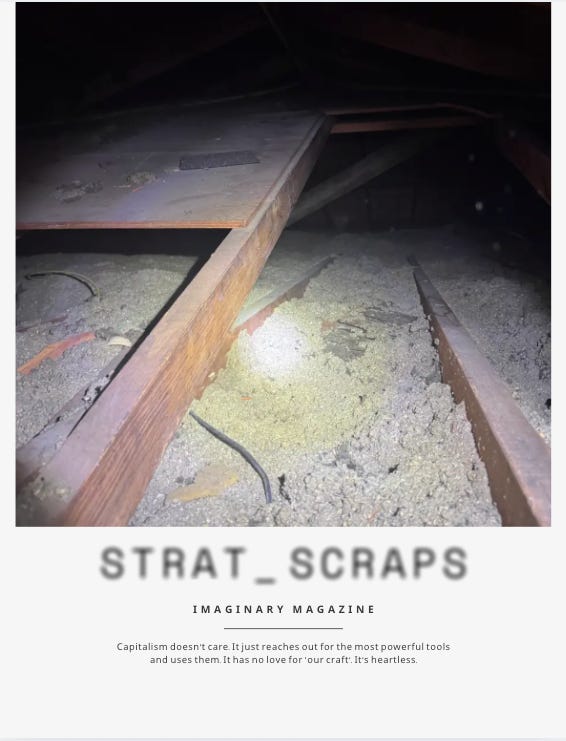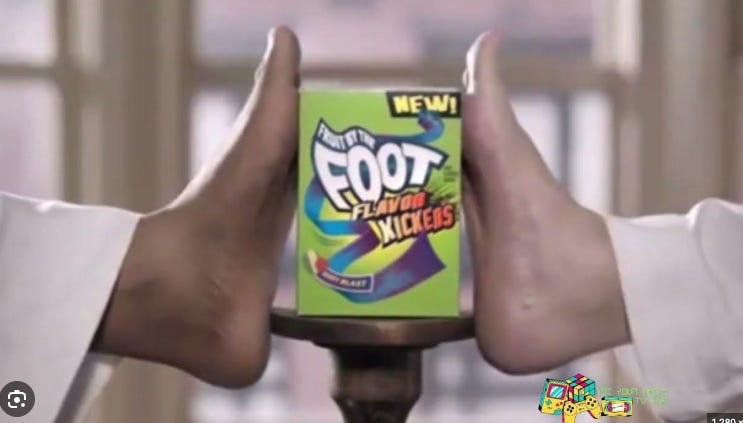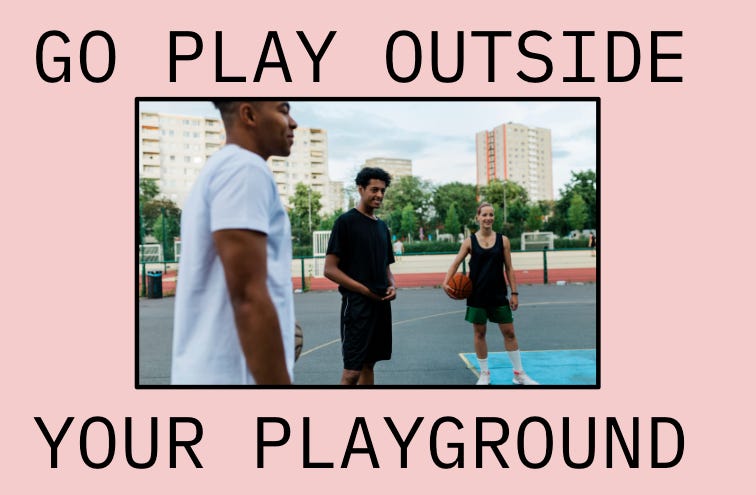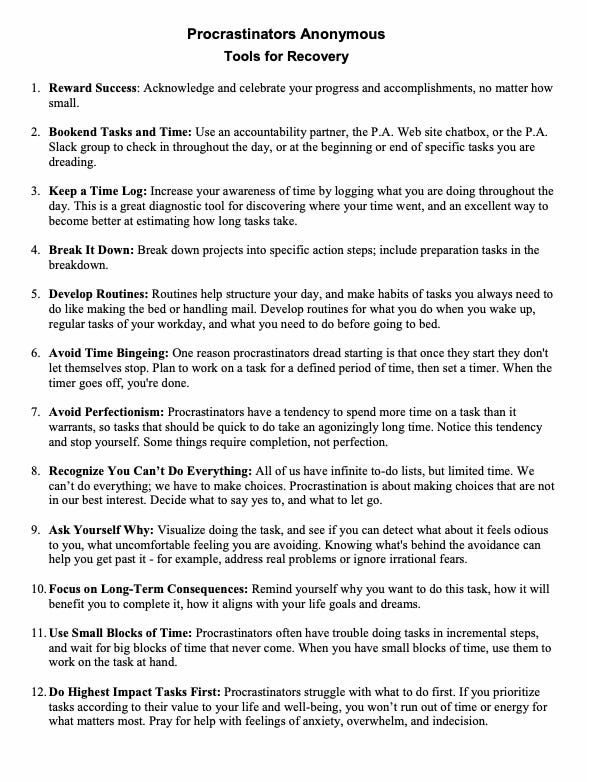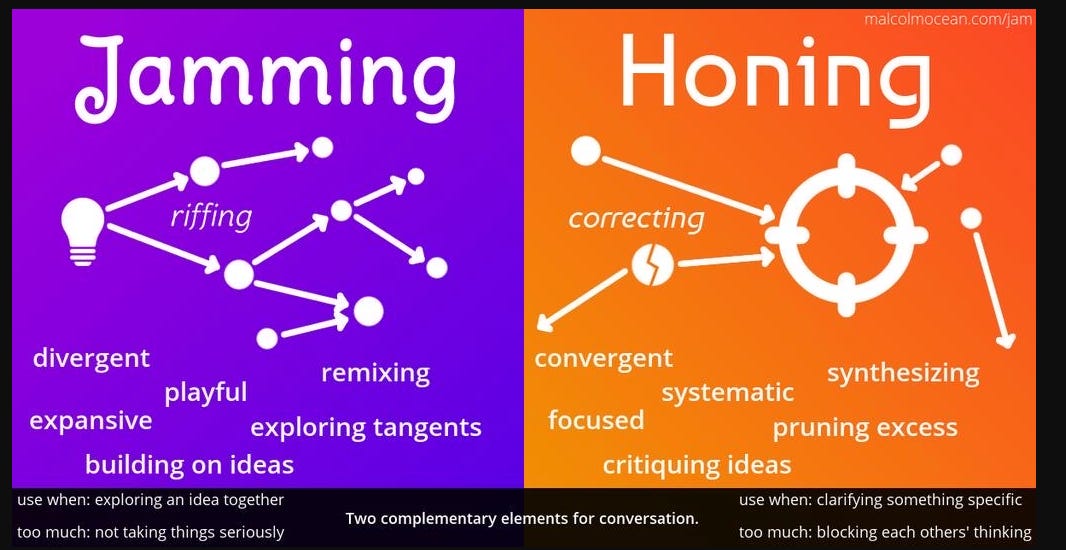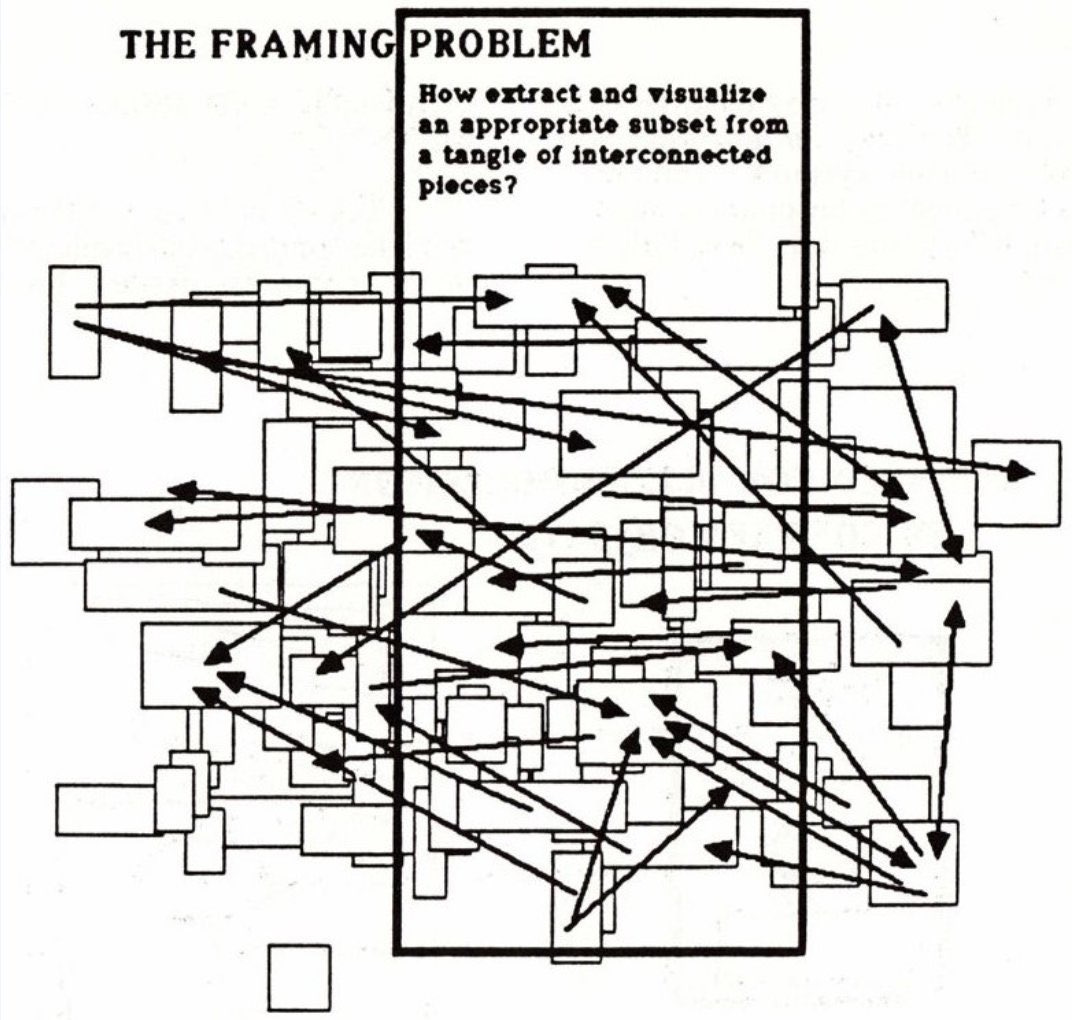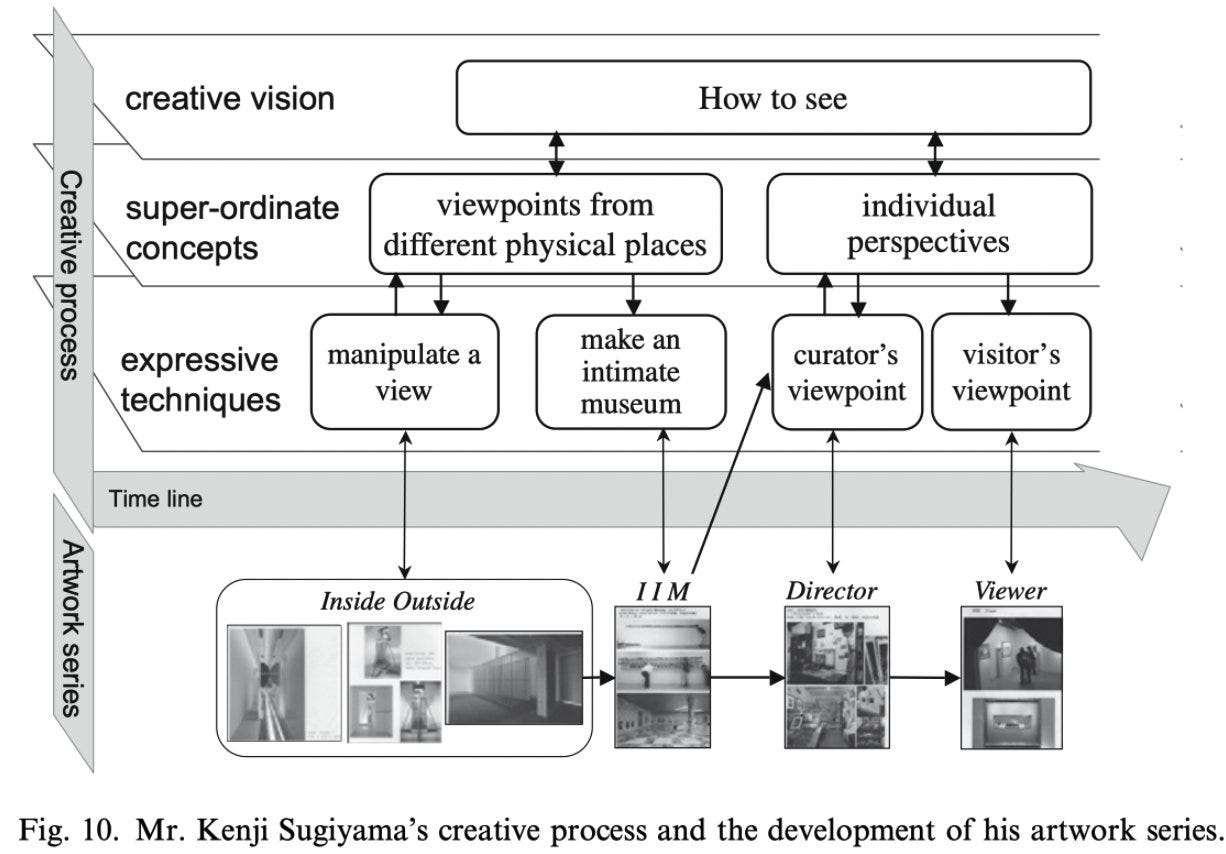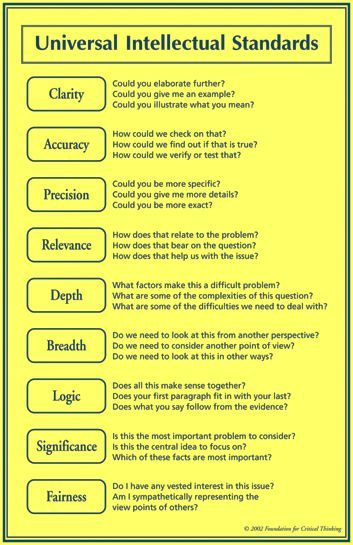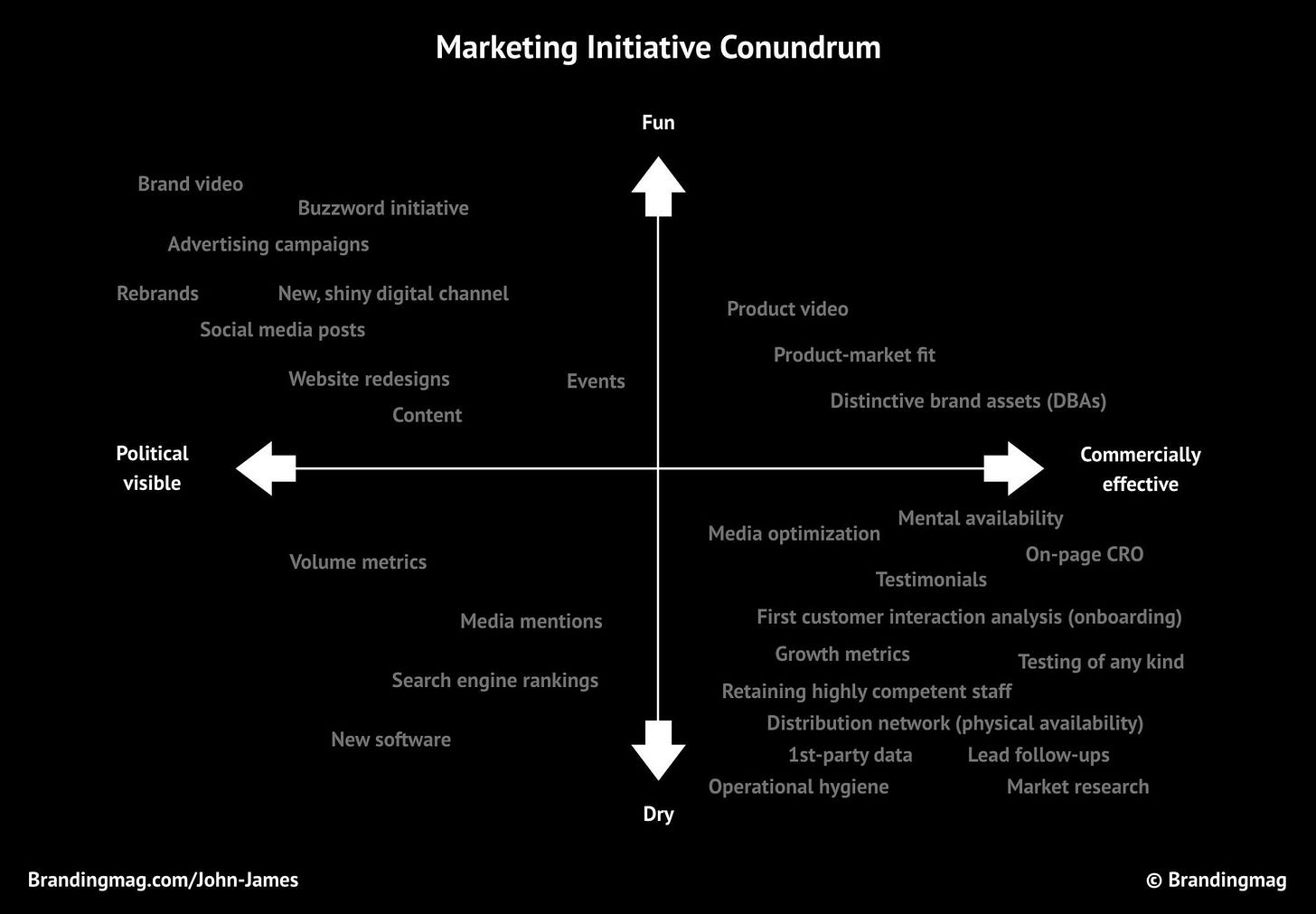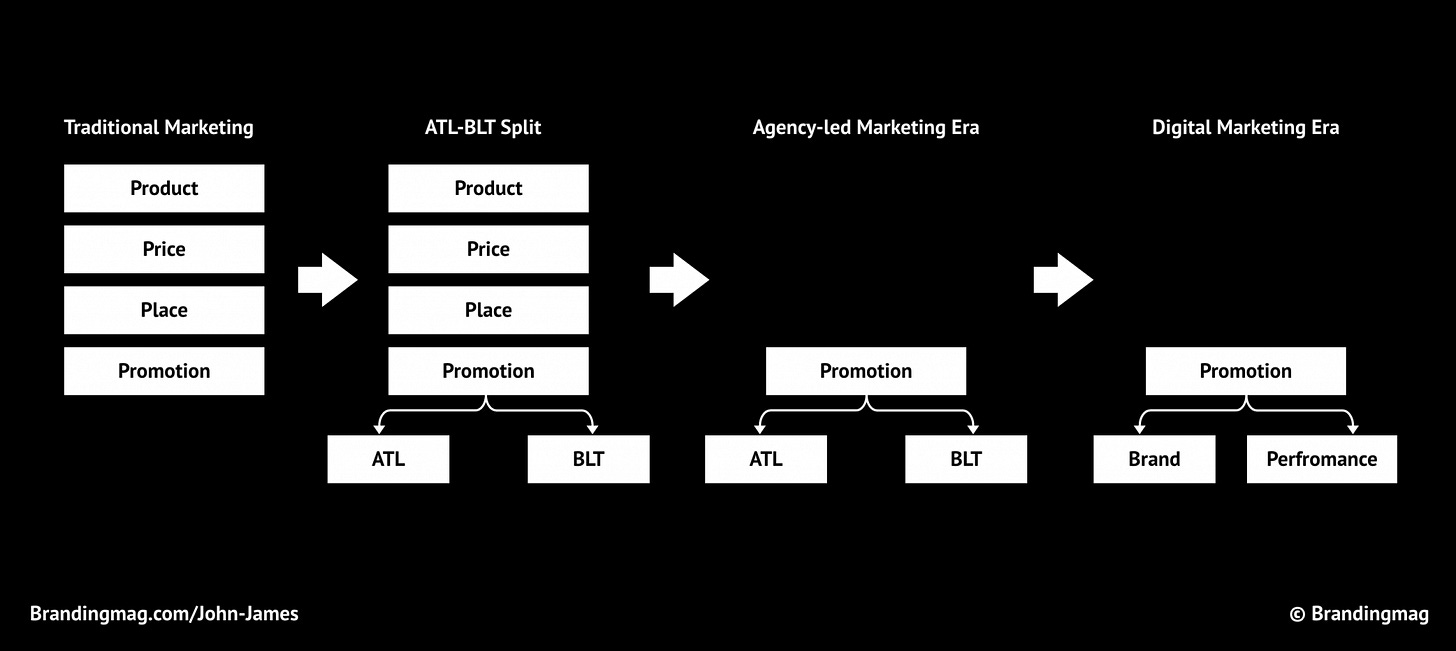////
Generally speaking, the best ads go about landing the core idea in one of two ways…
Exaggerated Truth
Disguised Truth
no truth, hard to forget.
Exaggerated truth is the classic approach. Simplify then exaggerate. My favorite point of reference here is the turbotax “free” work from Wieden. Like any good campaign, it worked partially because of the number of variations on the theme – united by all only using the word “free”
Disguised truth is when you take a message and wrap it in something unrelated. Keeping on the “free” theme, this work for tubi from Mischief kinda falls into this category. FREE + Mob shaking down small business. ([message] + [entertainment]).
(You could also argue “free for everyone” is a truth being exaggerated here but these aren’t biological taxonomies, just ways of thinking.)No truth, hard to forget is reserved for super low involvement categories like candy. Which brings me to my favorite ad campaigns of all time. replaced with Fruit by the foot, and the weights spot.
No message here. Just raw uncut mental availability.
////
A little POV on social I wrote for an agency a while back.
////
Via Selleb Sisters – “Procrastinators Anonymous: Tools for Recovery” and honestly a lot of these are applicable to running a department or team as well. “Avoid time binging” hits a little close to home…
But also, this is sourced from the “Procrastinators Anonymous forum.” And while i have plenty of problems with a lot of the language in the 12 step program, I love that there was a forum for people to share. I miss forums. The closest thing that still exists is the subreddit, but forums had a better balance of lurker vs contributor. ahhh, the old internet, so full of promise…
////
Always worth being aware of what type of conversation you’re in.
////
Also known as “90% of strategy work”
////
This is how I want all campaign concepts/platforms/territories/ideas presented. Vision, ways in, tactics.
////
You’ve probably heard of an OODA Loop. But there’s also the POH Loop. Probe, Observe, Hypothesize.
And it would be easy to say that is what strategy does.
Except in reality, we don’t do a ton of “probing.” We observe (and even that is sometimes a luxury) and hypothesize.
The way the creative/production/media cycle works, there is no opportunity to poke n learn. Which means we are put in a position where best practices take priority over best course of action.
This is a recurring rant. Many newsletters ago, I wrote about how I liked the idea of my job. And made the incredibly niche comparison to Jeremy Wade, the host of the TV show river monsters.
////
////
I’ve seen the “a brand is the sum of it’s contact points” slide done many different ways, but never in this format.. works decently.
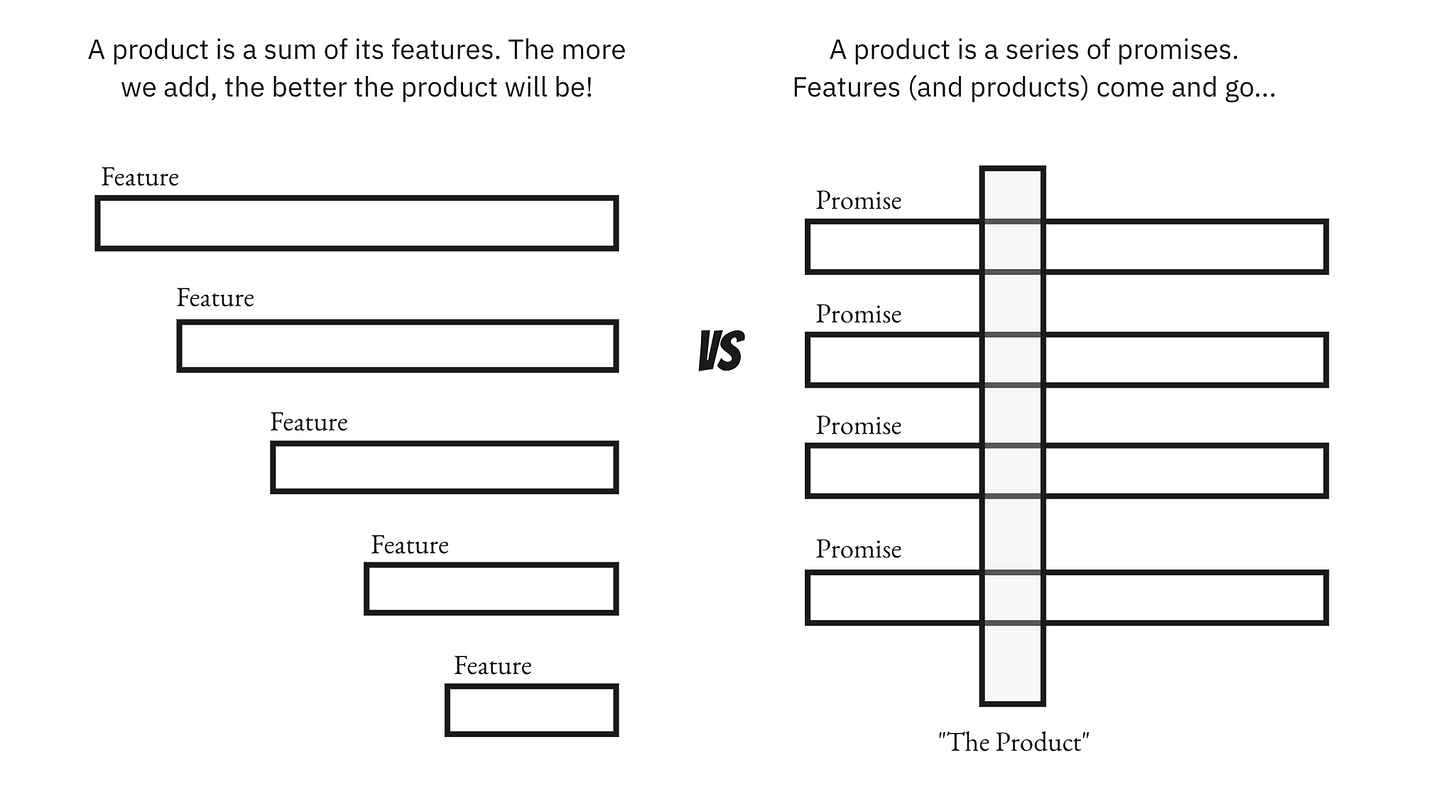
////
Got an hour to spare? Read John James’ 5 part series on brand campaigns. I don’t agree with every point made, but all of it is absolutely worth a read1
includes great visuals like these:
////
WEEKLY MONSTER
one of my hobbies is making unsettling clay heads and hiding them either around the house or out in public. Especially fun in summer when the clay starts to melt if it sits out in the sun.
(to be clear, much of whats in here is impossible to disagree with. Some of it leaves a few core points out, but none of it is wrong)




